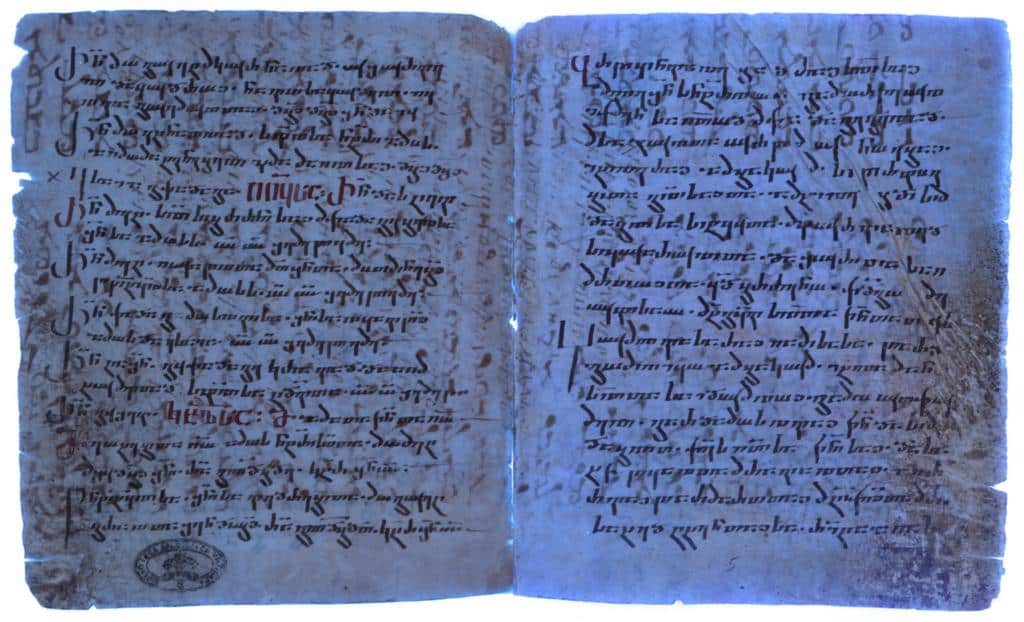Experts have discovered a “hidden chapter” of Bible text written over 1500 years ago that could provide valuable insights into how the religious text has changed throughout history. The newly found text includes parts of Matthew 11-12 in the New Testament, written in the ancient Syriac language, offering more details than the standard Gospel text we know today.
Scientists uncovered the scripture by applying UV light to a manuscript containing ancient Christian stories and hymns stored in the Vatican Library. The original text had been scraped from the parchment to make room for new writing, but traces of the text remained, detectable by UV light.
Garrick Allen, a senior lecturer in New Testament studies at the University of Glasgow, said the discovery sheds light on early translations of the Bible. He also noted the importance of the Syriac translation as one of the earliest translations from Greek, offering insights into the early stages of the text of the Bible and the communities that produced these translations.
Christian author, broadcaster, and radio host Justin Brierley called the discovery fascinating and said that it contributes to the understanding of the Bible’s manuscript tradition. The find also highlights variations in the wording of Matthew’s gospel compared to the current version, which can help historians reconstruct an accurate picture of the original gospels.
Professor Hugh Houghton at the University of Birmingham’s Department of Theology and Religion described it as a “genuine and important discovery,” emphasizing the value of early translations made from Greek manuscripts that no longer exist.
The text was discovered by Grigory Kessel from the Austrian Academy of Sciences, who has not yet released a complete translation but shared some details. One example of the differences between the Greek and Syriac versions is in Matthew 12:1, where the Syriac version provides a more detailed description of the disciples picking and eating grain.
Dr. Peter Williams from Cambridge’s Faculty of Divinity called the discovery exciting and praised the team involved. The new text is considered a “remarkable discovery” that highlights the diverse nature of early Christianity and the different versions of stories about Jesus that circulated in the early Church.
Source: thewest.com.au





